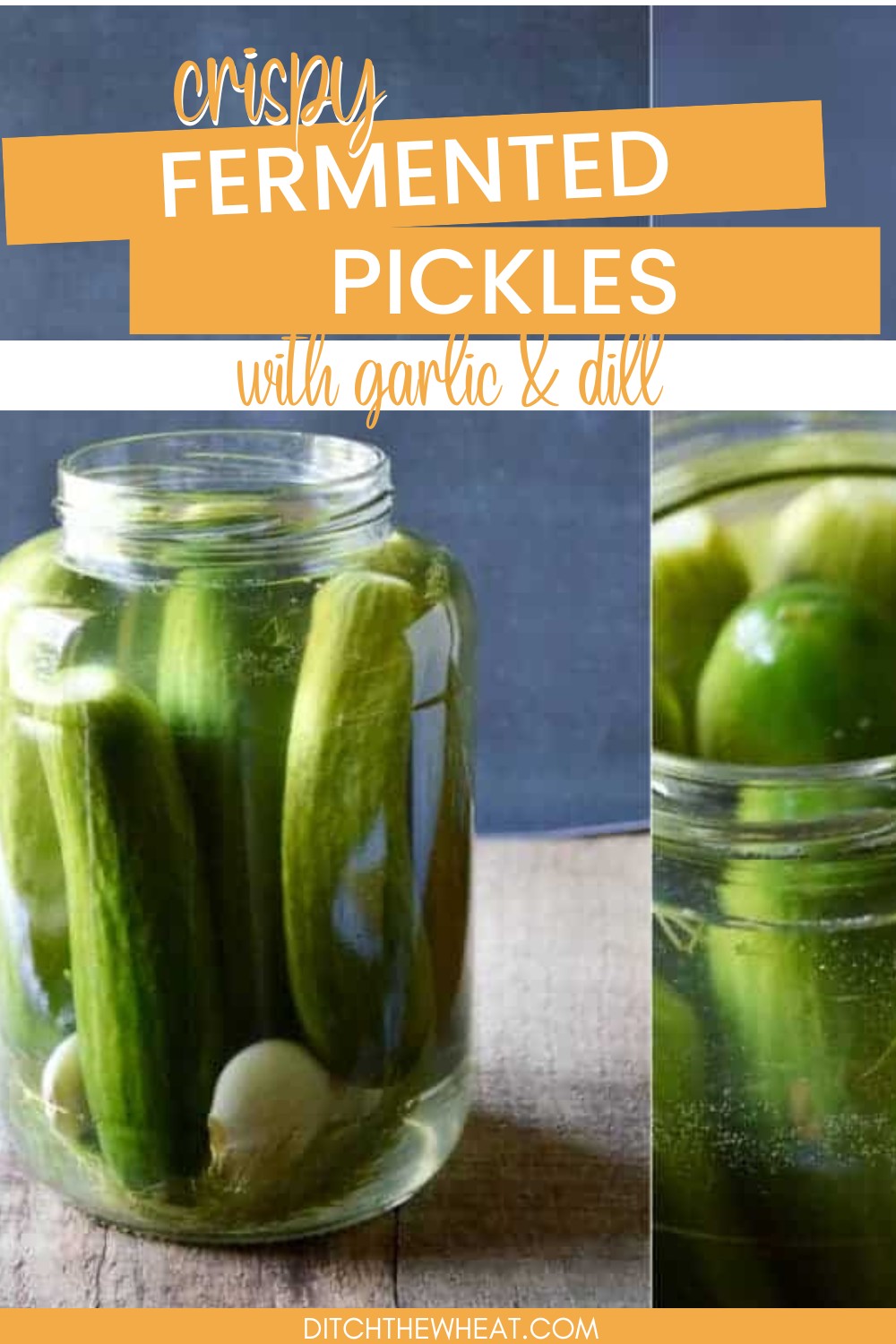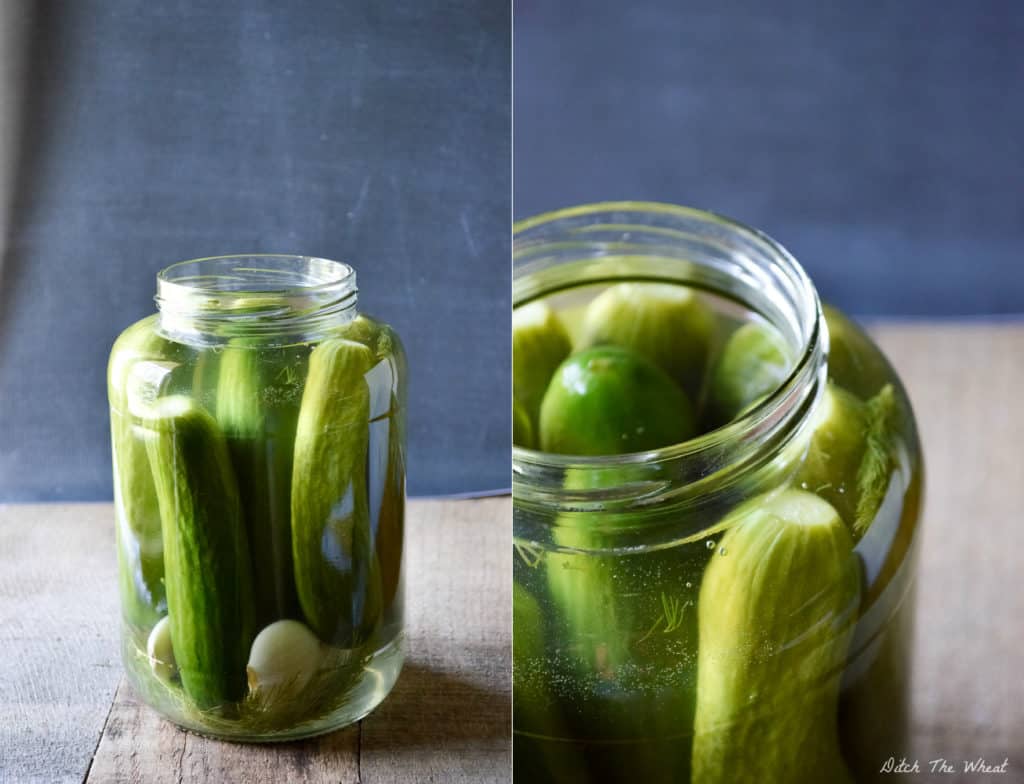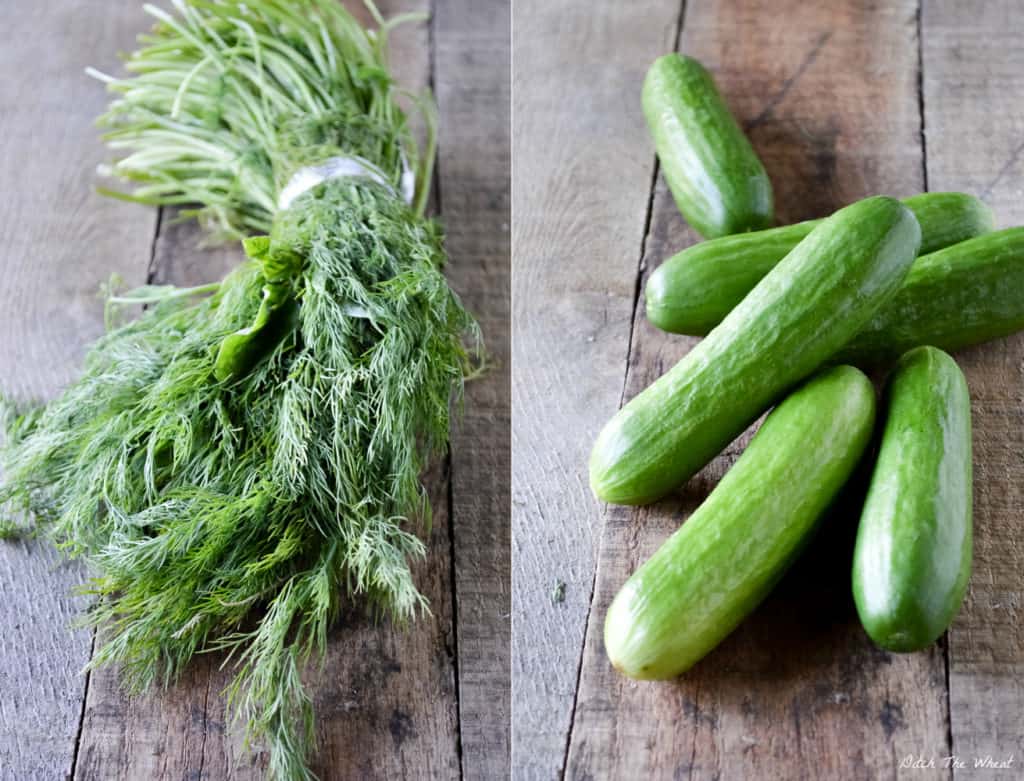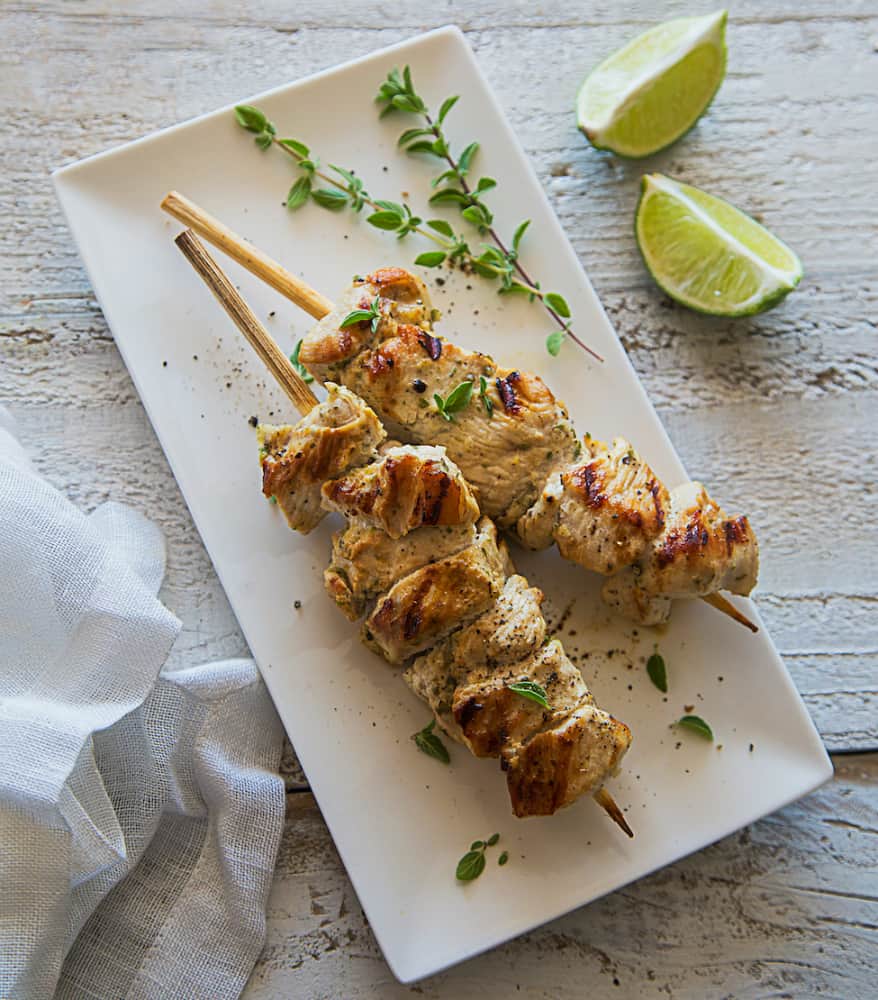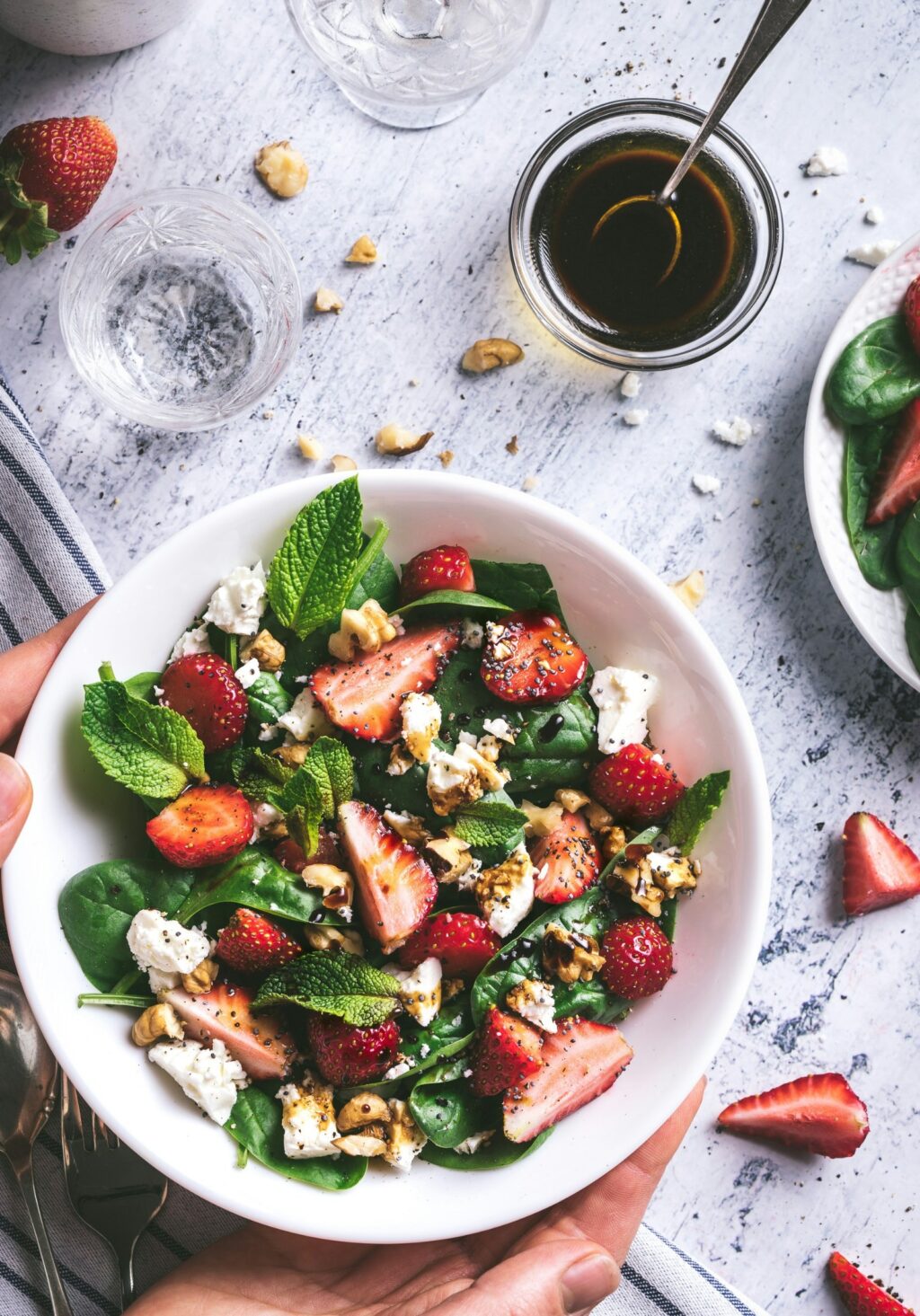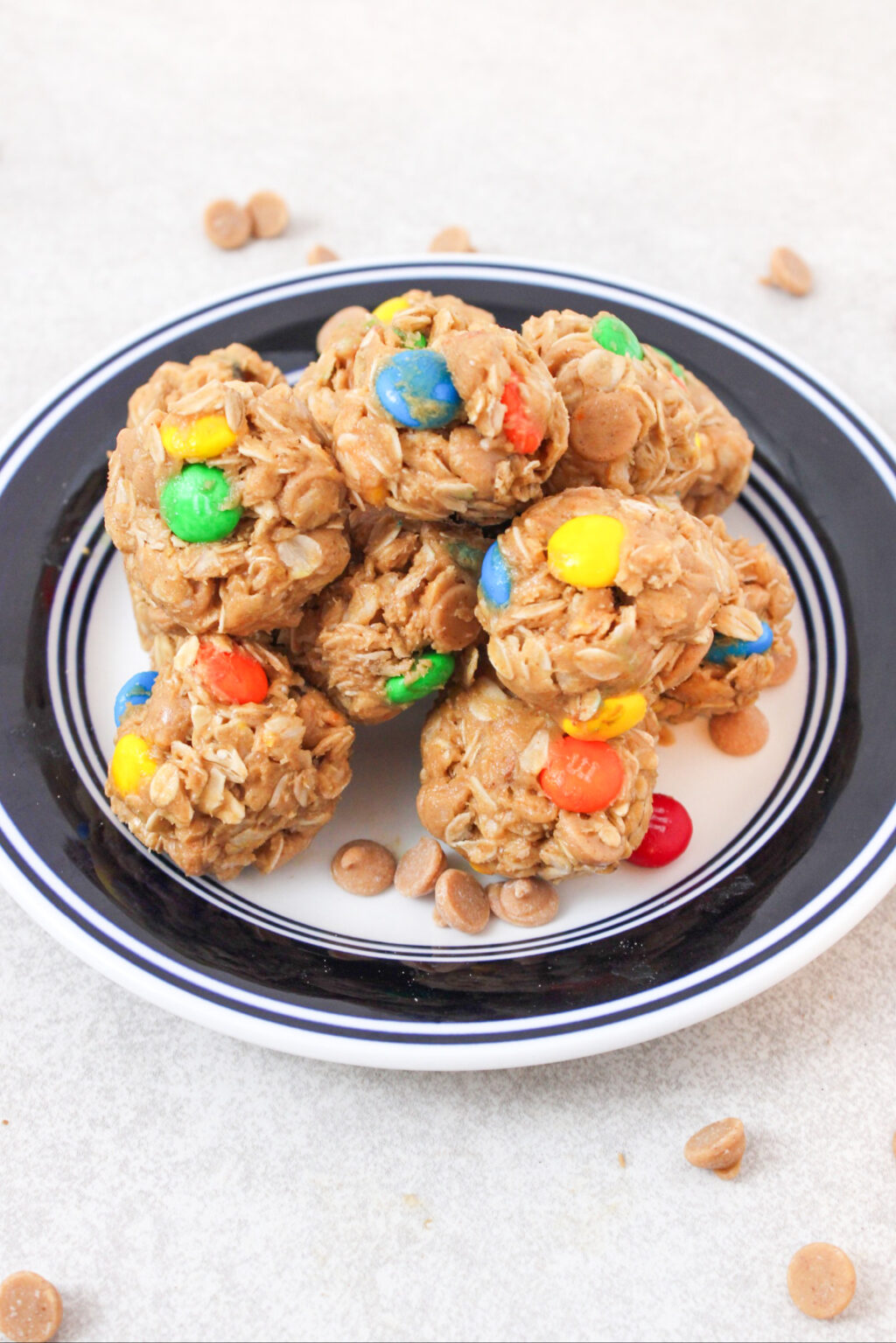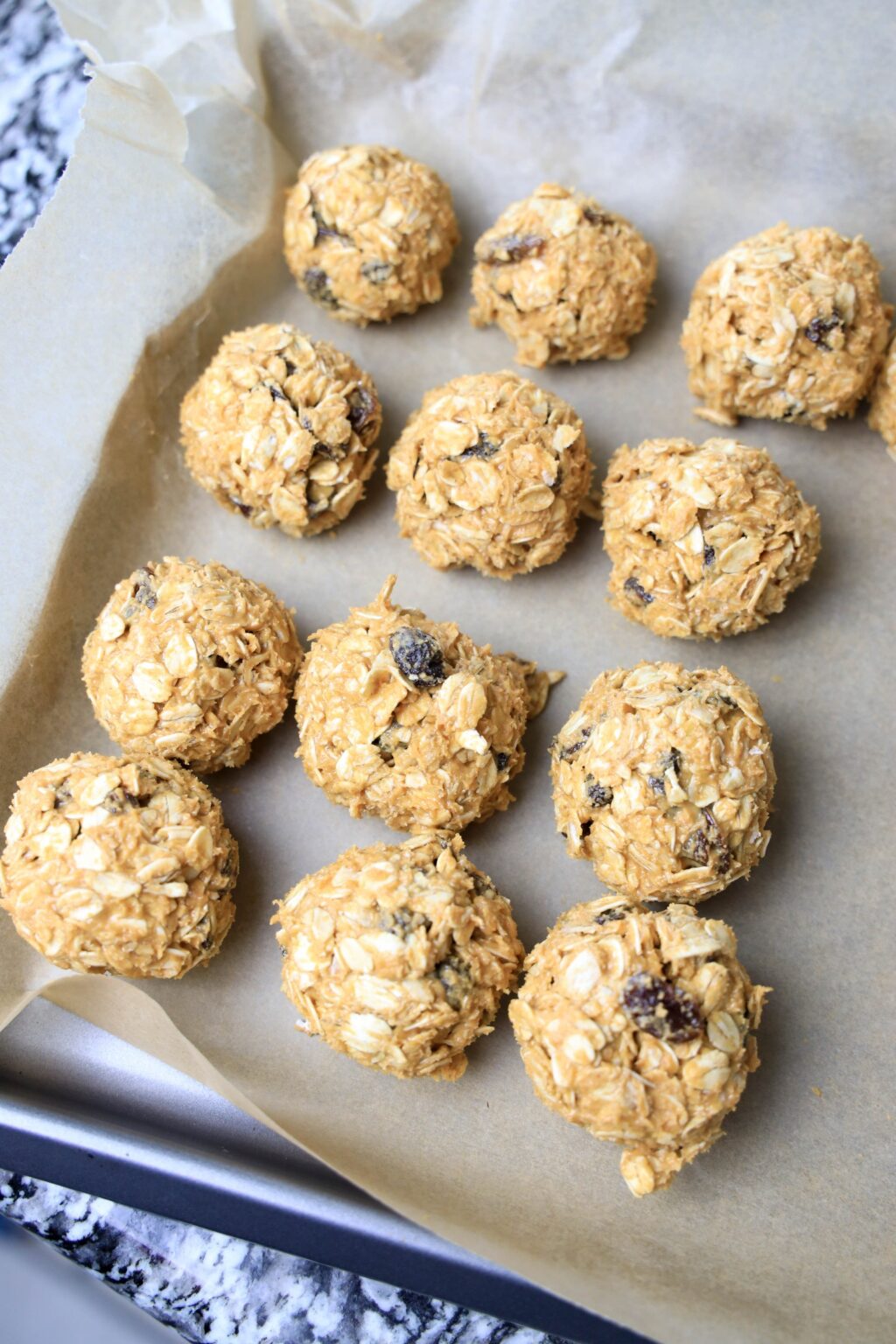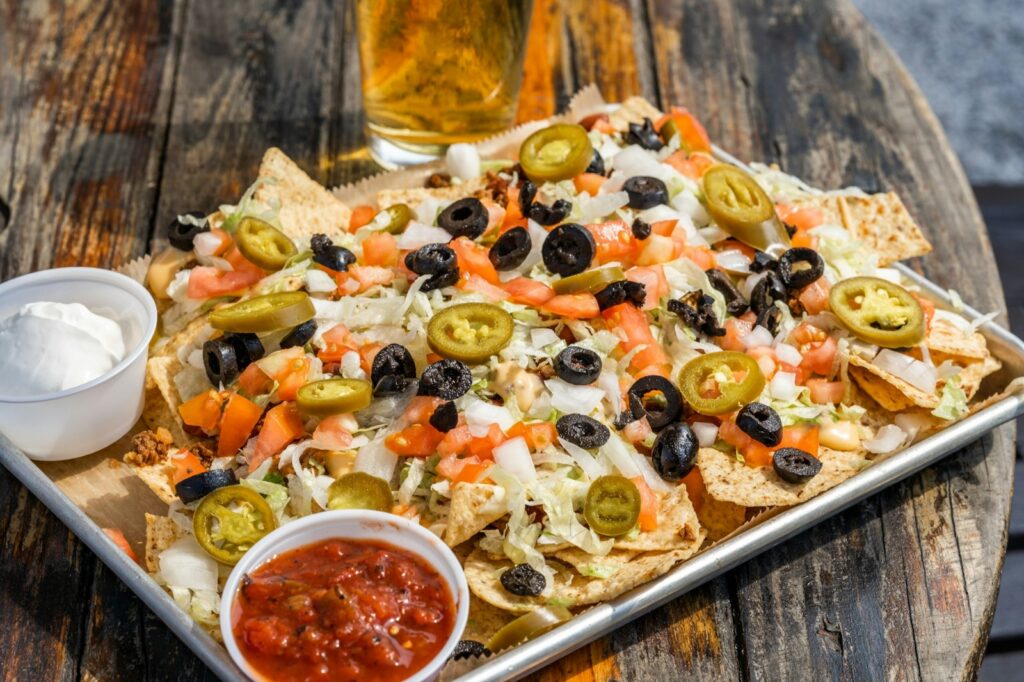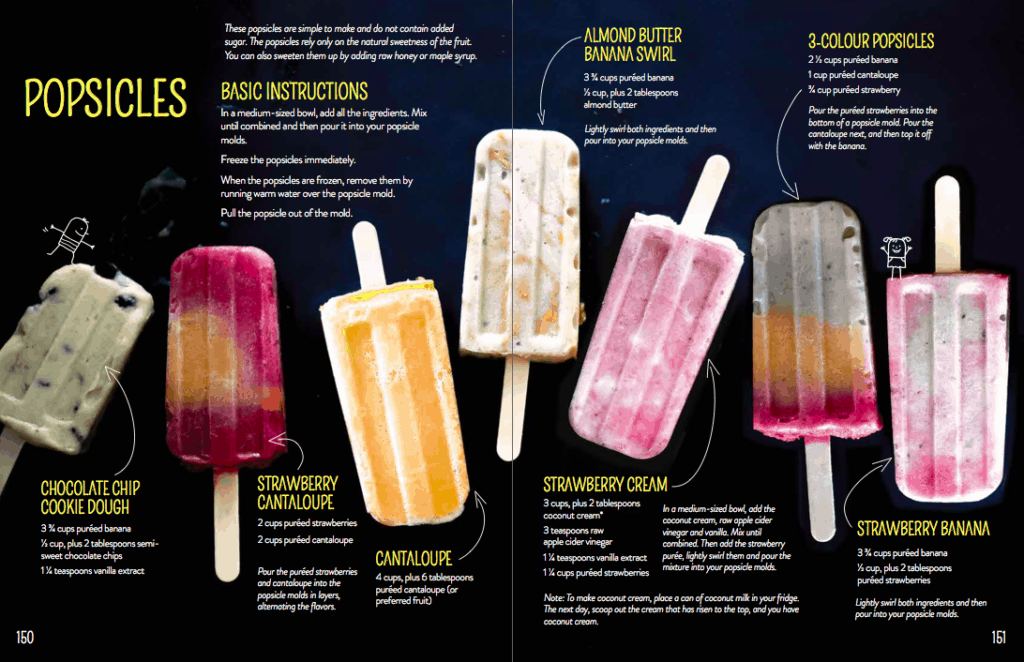Fermented Pickles with Dill (Takes only 3 Days!)
This post contains affiliate links including Amazon affiliate links.
Learn how to make your own fermented pickles. They are packed full of probiotics and easy to make. Step-by-step directions to follow.
When I was in college studying marketing, my summer job was working at the local pickle factory. It was my first “real” job.
I started as one of the summer students working on the production line. It was awful and an 8-hour day felt like it would never end.
My job was to push the pickles into the glass jar as they went down the production line. My thumbs were so sore.
Since summer is the main season for growing cucumbers we were required to work 6 to 7 days a week, so really every day of the summer.
When I came back the following summer I was immediately promoted to working in the lab testing batches of pickles, sauerkraut, eggs (pickling eggs is the smelliest thing), and anything else we pickled that day.
My impression of preserving food was based on using vinegar and salt. Now since reading Real Food Fermentation, I know that salt and whey can be used to create a probiotic rich food in a few days.
The book taught me how to create a salt brine to experiment with my own fermenting recipes. I used the brine principles from Real Food Fermentation to develop this recipe.
Tools to use for this recipe
For this recipe you will need:
- measuring spoons and cups
- 1.5 L glass jar
Fermented Dill Pickles Ingredients
- some fresh dill
- garlic
- pickling cucumbers
- sauerkraut juice
- sea salt
- water
How to Make Fermented Dill Pickles
Use a 1.5 L glass jar and place dill and garlic on the bottom.
Next, cut the blossom end off of each pickle. Place the pickles in the jar.
Pour the sauerkraut juice into the jar. Mix sea salt into 2 cups of water and dissolve. Pour into the jar.
Screw the lid onto the jar and place the jar in an area away from direct sunlight. I usually put my jars in a cupboard. Make sure you put the jar in a room that is warm (not the basement, things don’t ferment in a cold room).
How long to ferment pickles
Ferment the pickles for at least 3 days. Each day unscrew the lid and push any pickles that have popped up down or use a glass fermentation weight to keep the pickles down.
It is important that the pickles stay under the brine so they don’t grow mold. You can tell if your pickles are fermenting when you see bubbles around the top of the surface of the brine.
Taste test the pickles after 3 days. When you have reached your desired crunchiness and flavor place the jar in the fridge. Refrigerating the pickles will halt the fermentation process.
Fermented pickles mold
Books I have read said it is common for a little mold to grow. If mold grows scoop it out and continue to let it ferment.
If the mold becomes something more than a little mold, then discard the pickles. *I had a little mold growing on the last jar of pickles I made when I stored it in the fridge weeks later.
Are fermented pickles safe to eat?
Yes, as long as the fermented pickles are not covered in mold. Fermented pickles are full of healthy probiotics which make them healthy and safe to eat.
How to make fermented pickles crunchy
You can make your fermented pickles crunchy by placing grape leaves in the jar to help retain the crispness of the cucumbers. The tannins in the leaves are what keep the pickles crunchy.
What are pickling cucumbers?
Pickling cucumbers look like mini English cucumbers (slicing cucumbers). They are shorter than English cucumbers and have thinner skins. You can use either cucumber for fermenting but pickling cucumbers would be best.
Sauerkraut Juice
Make the raw sauerkraut and use the juice after the cabbage has finished fermenting. I always save the juice for projects like this.
Pickling vs fermenting
Pickling uses vinegar and salt to preserve and fermenting uses whey or salt brine to create probiotics to preserve food.
Are fermented pickles good for you?
Yes, fermented pickles are good for you. In fact, they are great for you because it’s food that is alive and full of probiotics that help with gut health.
Do fermented pickles need to be refrigerated?
No, but fermented pickles do best when you refrigerate them after they have reached the desired flavor. Refrigerating halts the fermentation process.
Do fermented pickles taste different?
Yes, I find fermented pickles taste different. To me, pickled vegetables have a sour taste. Fermented pickles taste light, fresh, and crisp to me.
Also, fermented pickles will taste differently if you keep fermenting them because their taste will keep changing.
More fermentation recipes to try
- Raw Sauerkraut
- How to Make Kombucha
- How to Grow a Kombucha Scoby from Bottled Kombucha
- How to Grow Water Kefir Grains
- No Knead Sauerkraut
- Spicy Fermented Garlic
If you love snacks, here are more Paleo desserts and Paleo snacks! Make sure to check out my huge collection of gluten free dinner recipes.
If you loved this recipe, I would be really grateful if you can rate the recipe card and share any photos you took on Instagram using #ditchthewheat and tag me in your post or story.
Fermented Pickle Recipes
Fermented Pickles
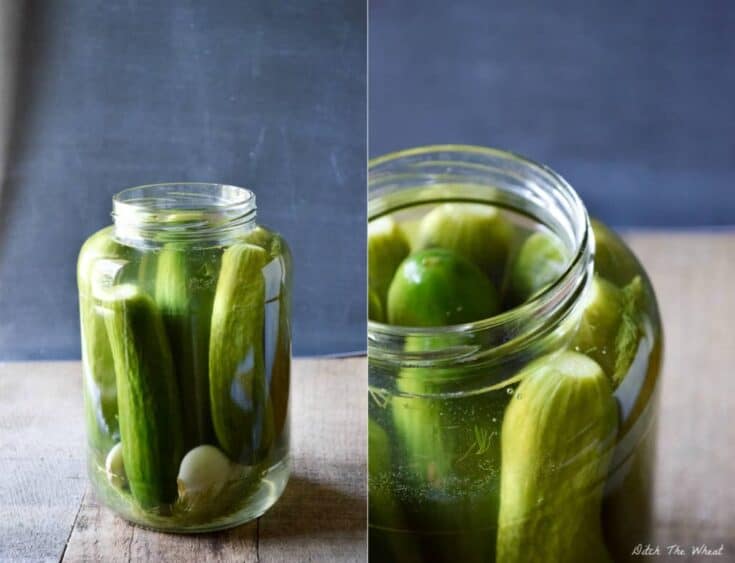
Learn how to make your own fermented pickles. They are packed full of probiotics and easy to make. Step-by-step directions to follow.
Ingredients
- Fresh dill, enough to cover the bottom
- 6 cloves of garlic
- 9 pickling cucumbers (enough to fill the jar)
- ½ cup sauerkraut juice
- 2 tbsp sea salt
- 2 cups of water
Instructions
- Use a clean 1.5 L glass jar and place dill and garlic on the bottom.
- Cut the blossom end off of each pickle. Place the pickles in the jar.
- Pour the sauerkraut juice into the jar. Mix sea salt into 2 cups of water and dissolve. Pour into the jar.
- Screw the lid onto the jar and place the jar in an area away from direct sunlight. I usually put my jars in a cupboard. Make sure you put the jar in a room that is warm (not the basement, things don't ferment in a cold room).
- Wait at least 3 days. Each day unscrew the lid and push any pickles that have popped up down or use a glass fermentation weight to keep the pickles down. It is important that the pickles stay under the brine so they don't grow mold. You can tell if your pickles are fermenting when you see bubbles around the top of the surface of the brine.
- Books I have read said it is common for a little mold to grow. If mold grows scoop it out and continue to let it ferment. If the mold becomes something more than a little mold then discard the pickles.
- Taste test the pickles after 3 days. When you have reached your desired crunchiness and flavor place the jar in the fridge. Refrigerating the pickles will halt the fermentation process.
Notes
*Keep the pickles whole. When I experimented by cutting the cucumbers into spears to ferment they went all mushy.
*Options – You can place grape leaves in the jar to help retain the crispness of the cucumbers. The tannins in the leaves are what keep the pickles crunchy. I have not experimented with this yet but it is on my to-do list.
Nutrition Information:
Yield:
9Serving Size:
1Amount Per Serving: Calories: 24Total Fat: 0gSaturated Fat: 0gTrans Fat: 0gUnsaturated Fat: 0gCholesterol: 0mgSodium: 1642mgCarbohydrates: 6gFiber: 1gSugar: 4gProtein: 0g
DISCLOSURE: Not intended for the treatment or prevention of disease, nor as a substitute for medical treatment, nor as an alternative to medical advice. Use of recommendations is at the choice and risk of the reader. Ditch the Wheat is a participant in the Amazon Services LLC Associates Program. As an Amazon Associate I earn from qualifying purchases. I may receive monetary compensation or other types of remuneration for my endorsement, recommendation, testimonial and/or link to any products or services from this blog. I only endorse products that I believe in.
Carol Lovett is the founder of Ditch the Wheat and a Globe and Mail bestselling author of the cookbook, Ditch the Wheat. She has been eating gluten free since 2010. She loves all things food, natural living, and spiritual. She's also a reiki master and crystal healer.
Gluten Free Resources
Do you need help with gluten free meals?
I recommend this meal-planning app. It makes cooking gluten free dinners extremely easy and family-friendly.
What gluten free snacks can I eat?
Lots! I have a ton of practical gluten free snack recipes in my cookbook.
How can I eat dessert on a gluten free diet?
You can 100% eat dessert while eating gluten free. Try my dessert cookbook for easy gluten free dessert recipes.
How do I know what is gluten free and what isn’t?
I have a whole section is it gluten free?
How do I make substitutions?
If you need substitution advice I created a ton of resources here.

